DPN Removal Los Angeles: The International Journal of Dermatology published a study called A clinical, dermoscopic, and histopathological study of Dermatosis Papulosa Nigra (DPN) – An Indian perspective. One hundred patients diagnosed with Dermatosa Papulosa Nigra were observed using the methods of histopathology and dermoscopy. The researchers were interested in noting these lesions’ common epidemiological and clinical characteristics. Their sample of participants marked a much earlier onset of the lesions during the age years of the 40s versus the 60s, which has been documented in other studies. They also found that DPN tends to occur in females with Fitzpatrick skin types IV to VI. Other characteristics they noted included a family history of lesions, a lifestyle where sun exposure is predominant, and DPN development in the head and neck areas. Histopathology, which refers to a microscope to examine tissue (i.e., biopsy), revealed skin thickening as a prominent characteristic in the regions marked by lesions. Dermoscopy (non-invasive evaluation of the outer epidermal skin layer in terms of colors and microstructures) was also used in this study. And through this approach, researchers noted the characteristics of “fissures and ridges of the cerebriform pattern followed by comedo-like openings.”
Dermatosis Papulosa Nigra DPN Treatment in Los Angeles:
DPN is a benign (not harmful) skin condition that appears as black or brown moles on the face with a 1-5mm diameter. They appear flat and raised slightly from the surface of the skin. They sometimes protrude significantly and have the appearance of dark skin tags. Lesions first begin to appear during an individual’s teenage years and advance with age. Reasons for removal include that the lesions are aesthetically displeasing, itchy and irritating, and a cause of low self-esteem. These lesions are not medically concerning or cancerous but can be annoying, itchy, or aesthetically displeasing. While often referred to as “moles,” by definition, aren’t true moles.
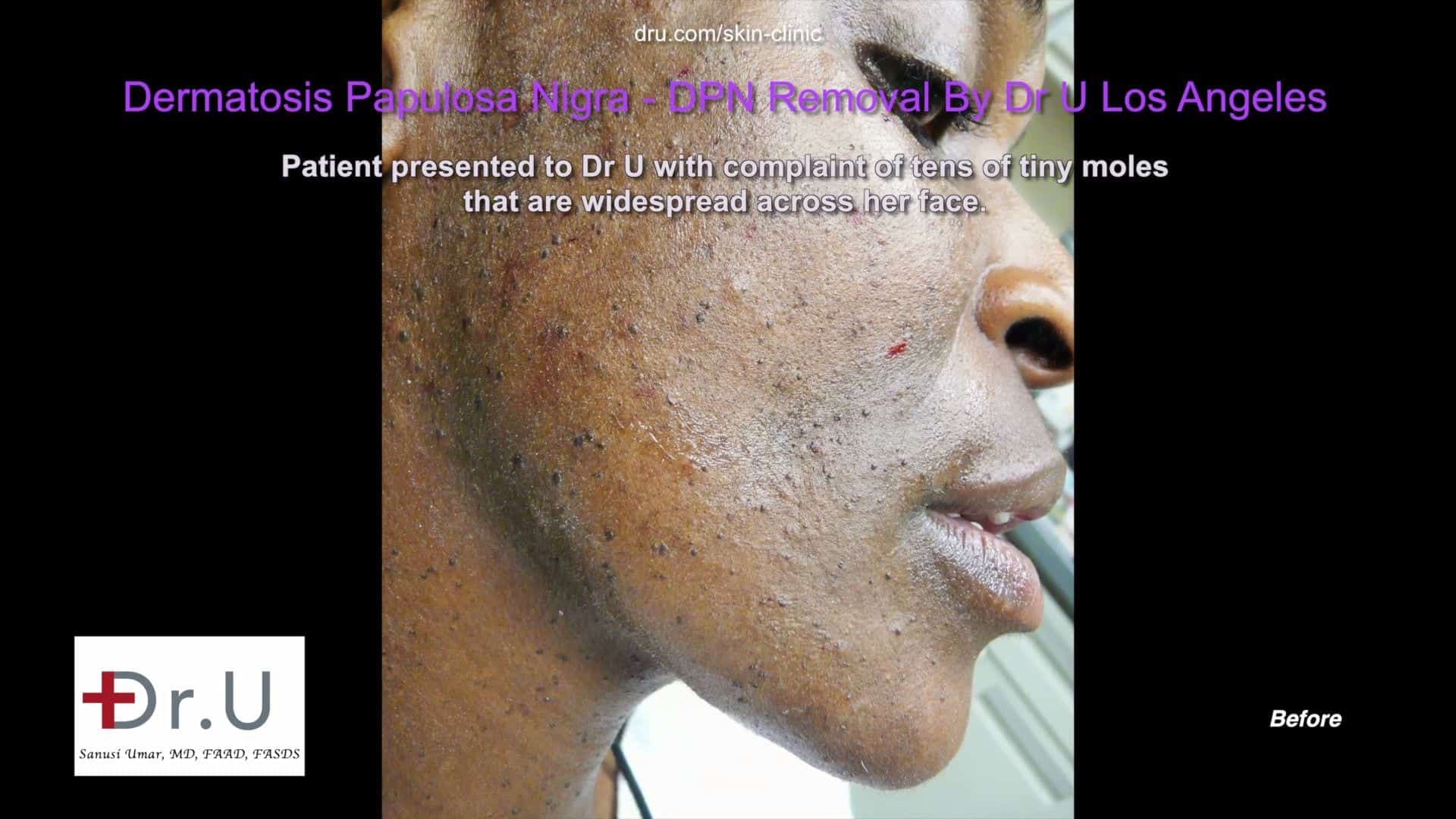
DPN bumps tend to develop in these areas:
- under the eyes
- cheeks
- forehead
- neck
- chest
- upper back
As they are harmless, most people who choose removal do so for aesthetic reasons. A more uniform and clear complexion is the most often the result.
Who Is Affected By DPN?
DPN affects slightly more than one-third of the African American population, with the chances of fair-skinned African Americans developing DPN being lower than dark-skinned African Americans. However, this condition is seen in Native American and Asian patients. Women also tend to develop DPN more than men.
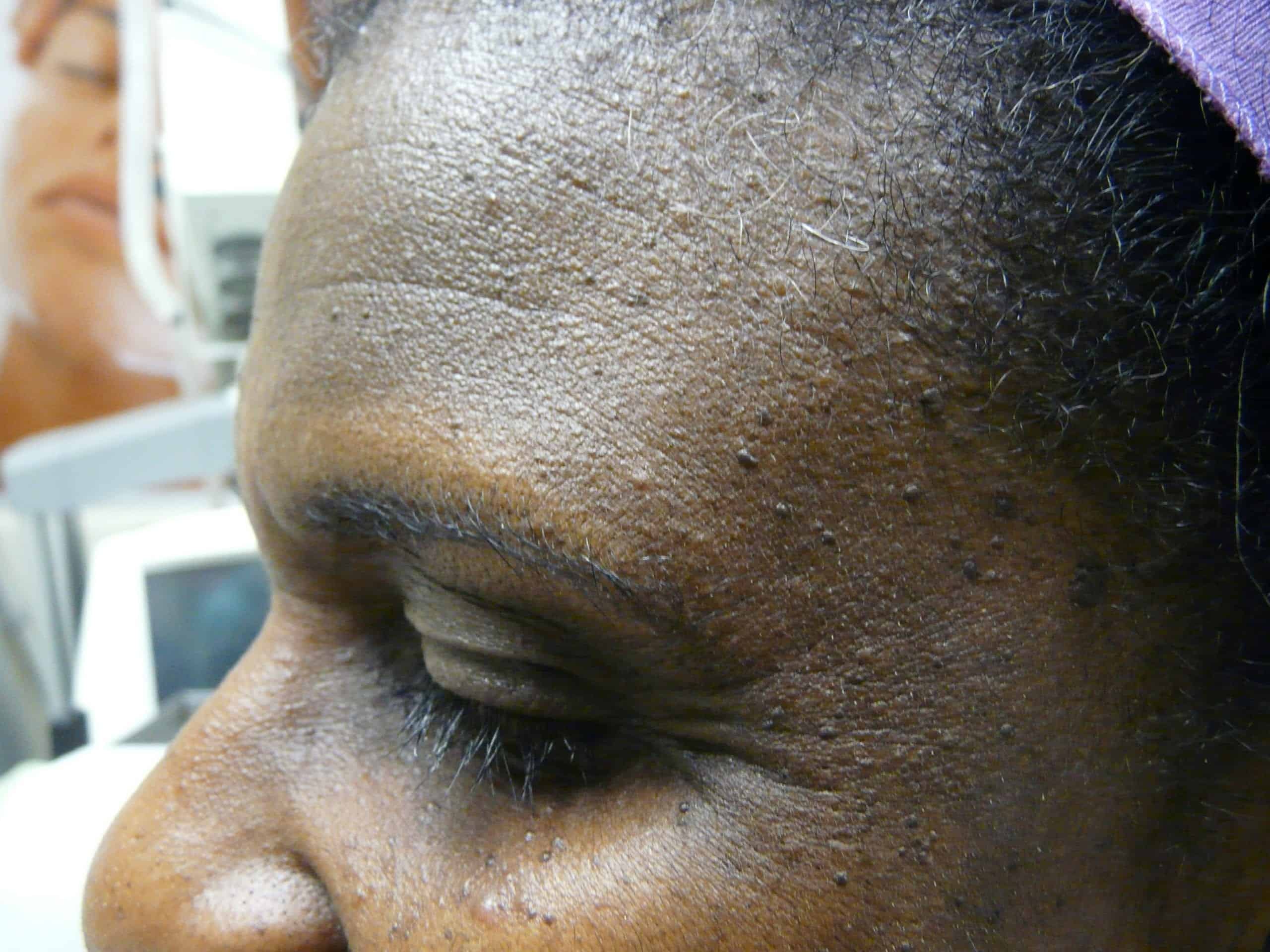
DPN Skin Causes: This patient was very susceptible to growing these DPN lesions.
DPN Skin Causes
The exact cause of DPN is unknown. A developmental abnormality in the pilosebaceous follicle may cause the lesions. Some studies believe this disease is related to another medical condition named Seborrheic Keratoses because the lesions are nearly identical when observed under a microscope. Other studies state that the most likely cause of DPN is genetic inheritance, as a family history was reported in over half of the people afflicted.
How DPN Differs From Regular Moles
DPN is not similar to regular skin moles since they are more aligned to skin follicles. Moles occur when skin cells known as melanocytes clump up. Melanocytes produce melanin which colors our skin. While normally evenly distributed, they will occasionally come together. A malignant growth tends to be an asymmetrical mole. DPN lesions where one side is a different shape from the other are pretty standard. DPN bumps both size increases and grows in number over time.
DPN Moles’ Severity
Though benign, dermatologists classify DPN lesions according to severity.
- fewer than ten papules: mild
- more than 10 papules: moderate
- greater than 50 papules: severe
DPN Removal Options
Patients who wish to be rid of DPN may choose to familiarize themselves with the types of treatment:
- Cryosurgery: Unwanted tissue is frozen with liquid nitrogen.
- Scraping or excision: Surgical tools can be used to scrape. The raised tissue is scraped off with surgical instruments. By cutting around the perimeter, the lesion can also be excised. The resulting wound would need to be stitched closed.
- Electrocautery: An electric current is used to make the cuts to remove the tissue. In one technique, the wind is applied to seal off blood vessels that feed the DPN tissue. In another method (used by Dr. U), the current is used to melt the DPN lesions instead of burning them.
- Nd:YAG laser: The Nd:YAG laser uses a 1064nm wavelength which is safe for patients of all skin tones. The heat will seal off the blood vessels that cause DPN tissue to grow. It also causes the melanin to form a mass broken down to be carried away by the body—minimal scarring results in this natural removal process.
Research shows that an effective DPN treatment uses the ND: YAG laser system.
Publications:
- 2008 study published in the Journal of Cosmetic and Laser Therapy
- 2009 study published by the Institute of Laser at the Sudan University of Science and Technology
Laser energy is non-invasive and can make exact tissue changes ensuring a shallow risk of complications like keloid development of pigmentation.
Dr. U’s Los Angeles Patient DPN Removal Before and After
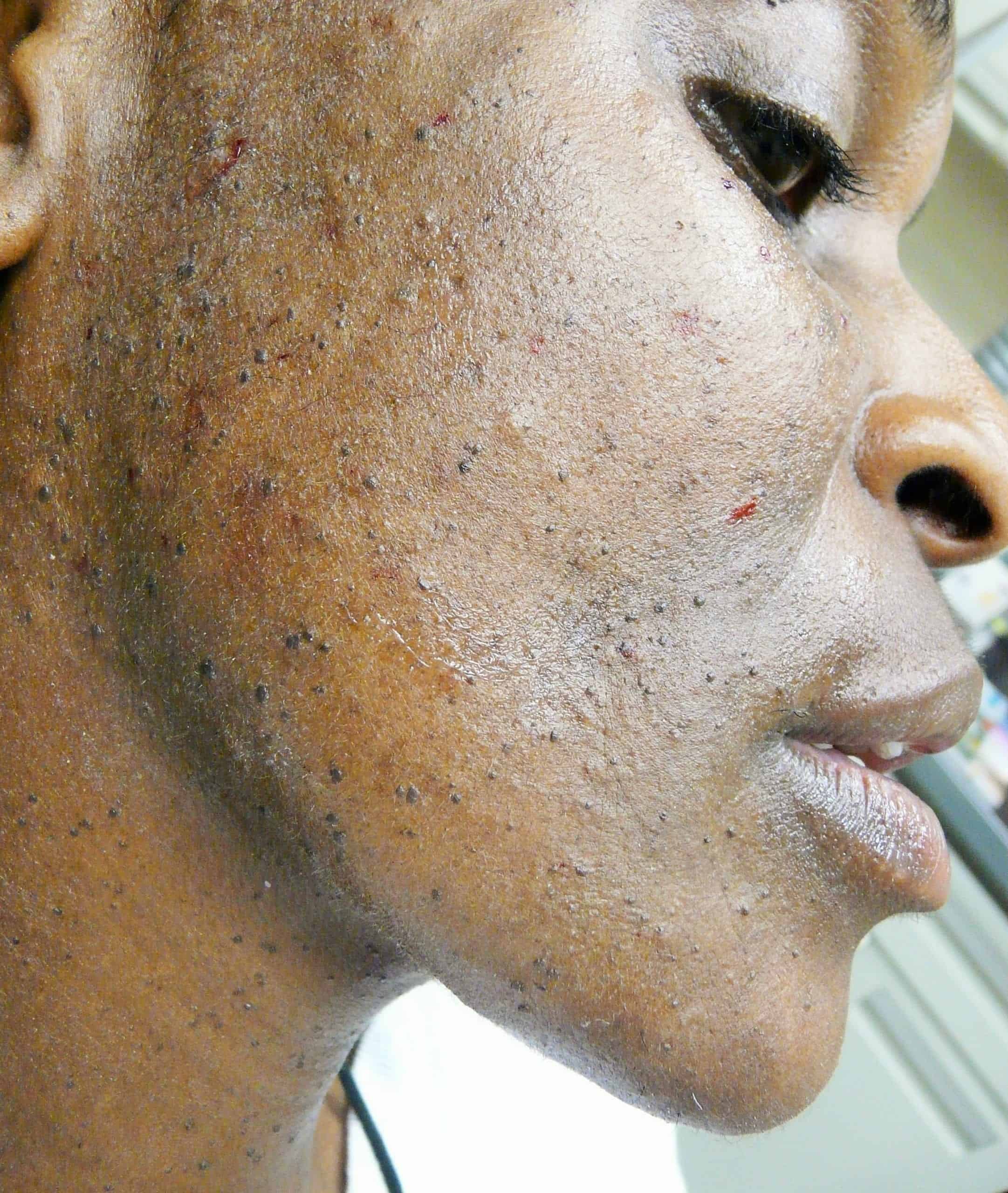
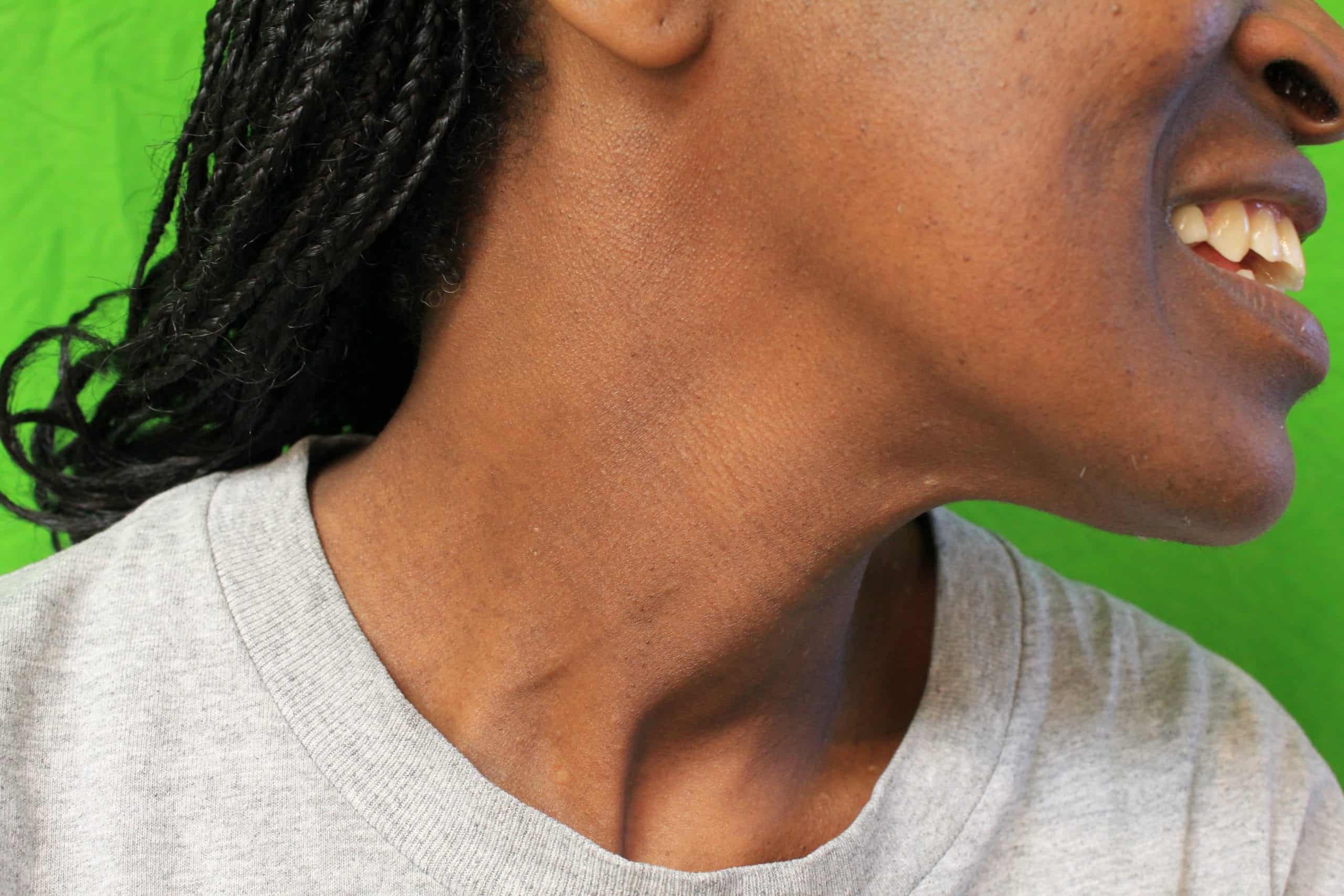
DPN Removal Healing
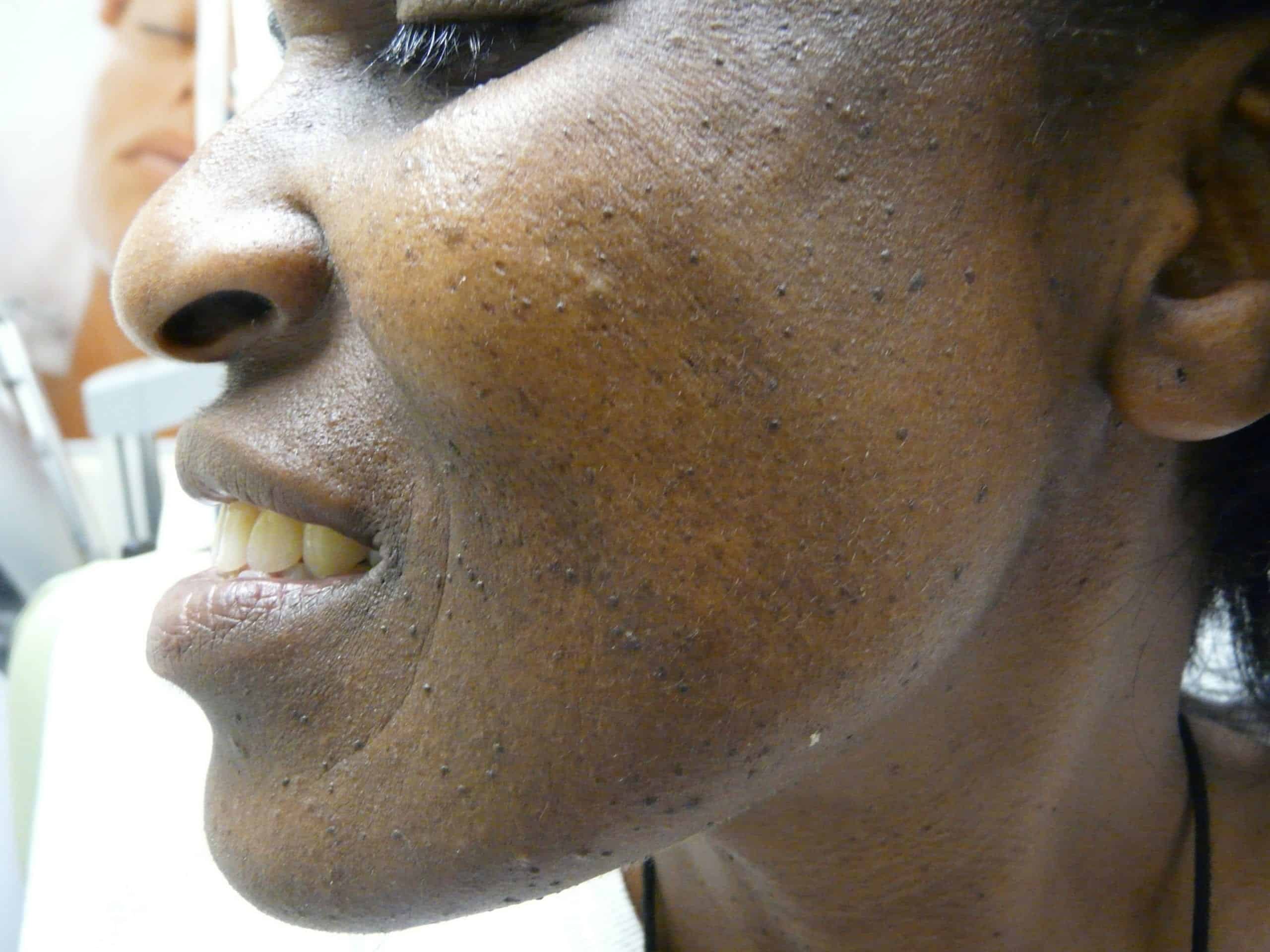
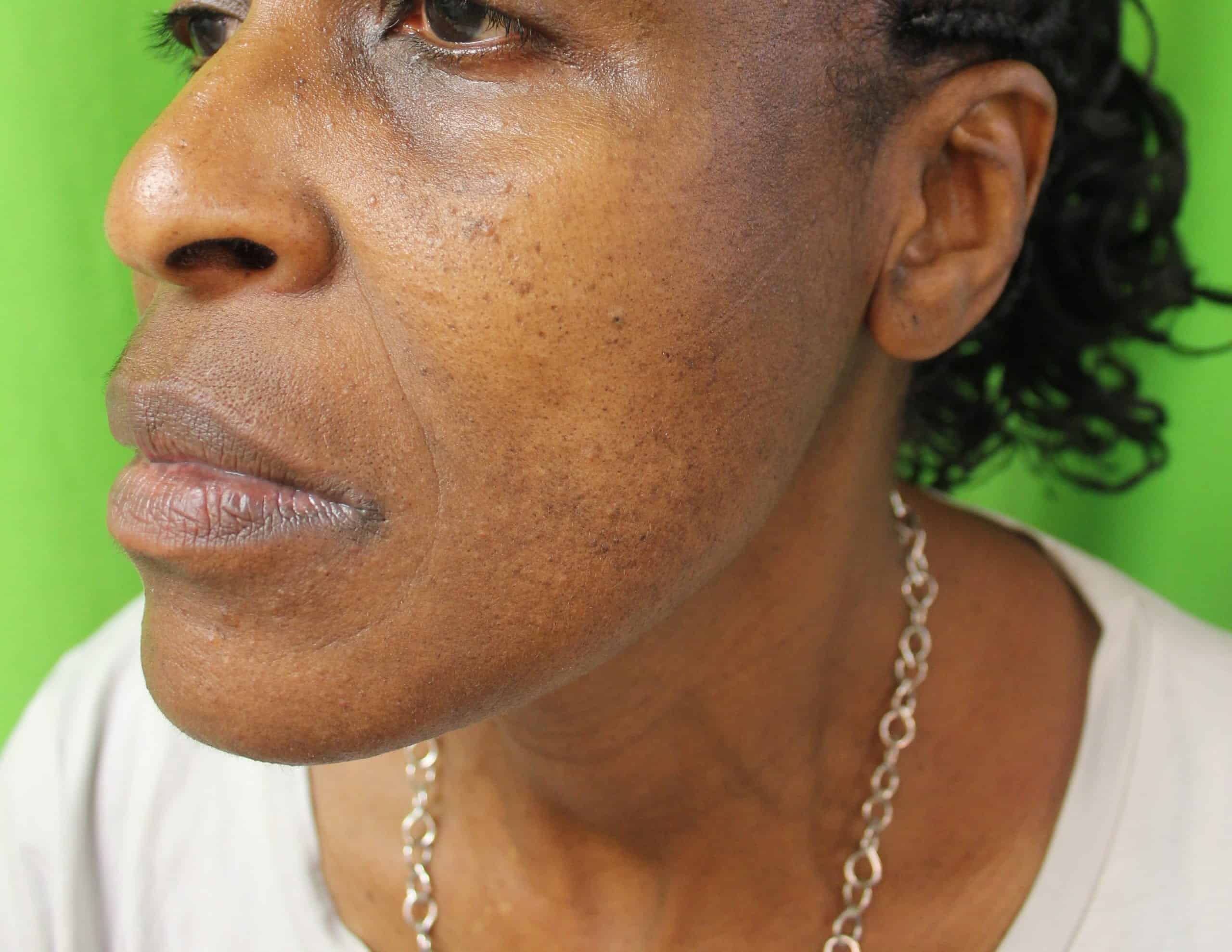
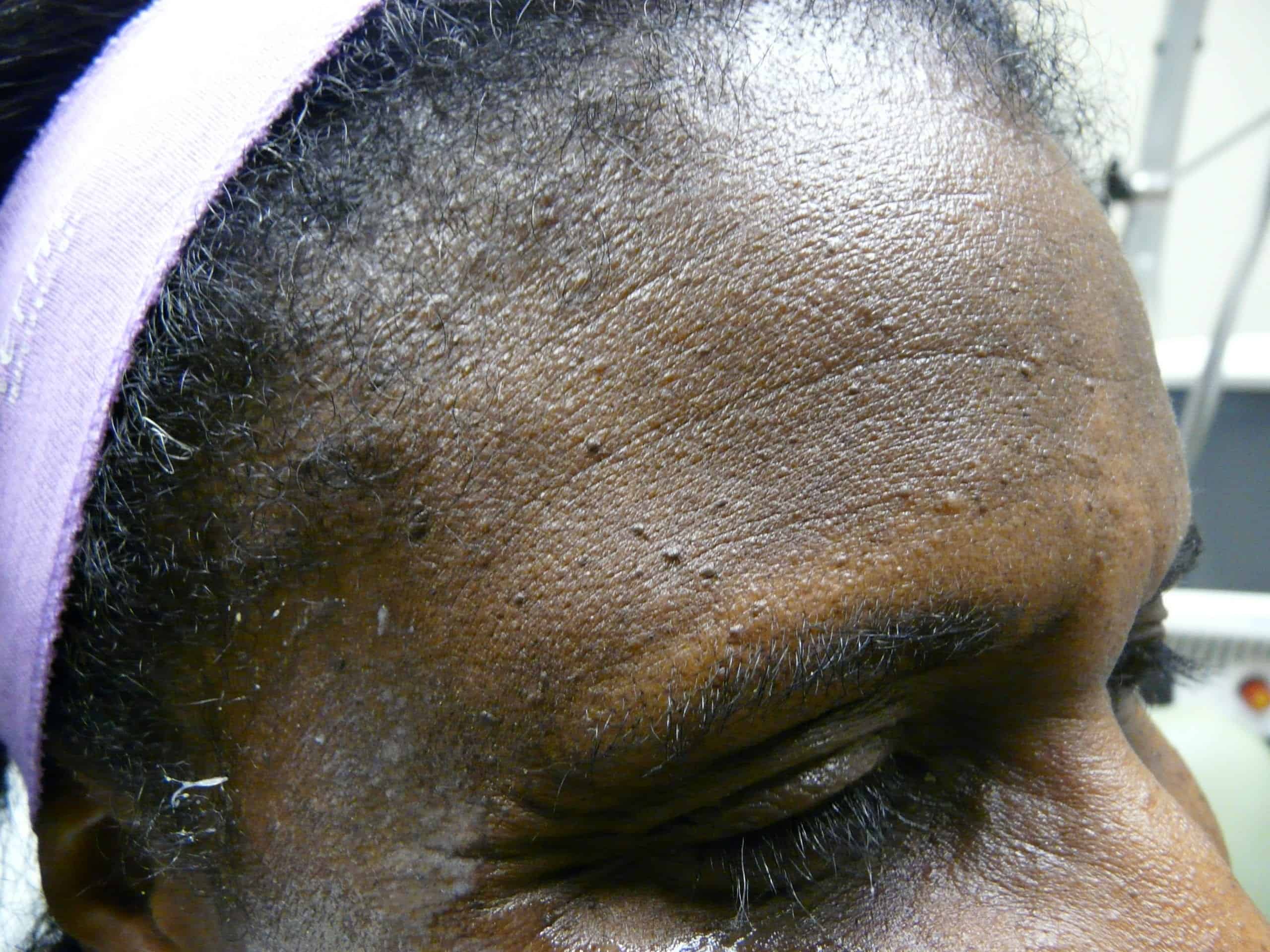
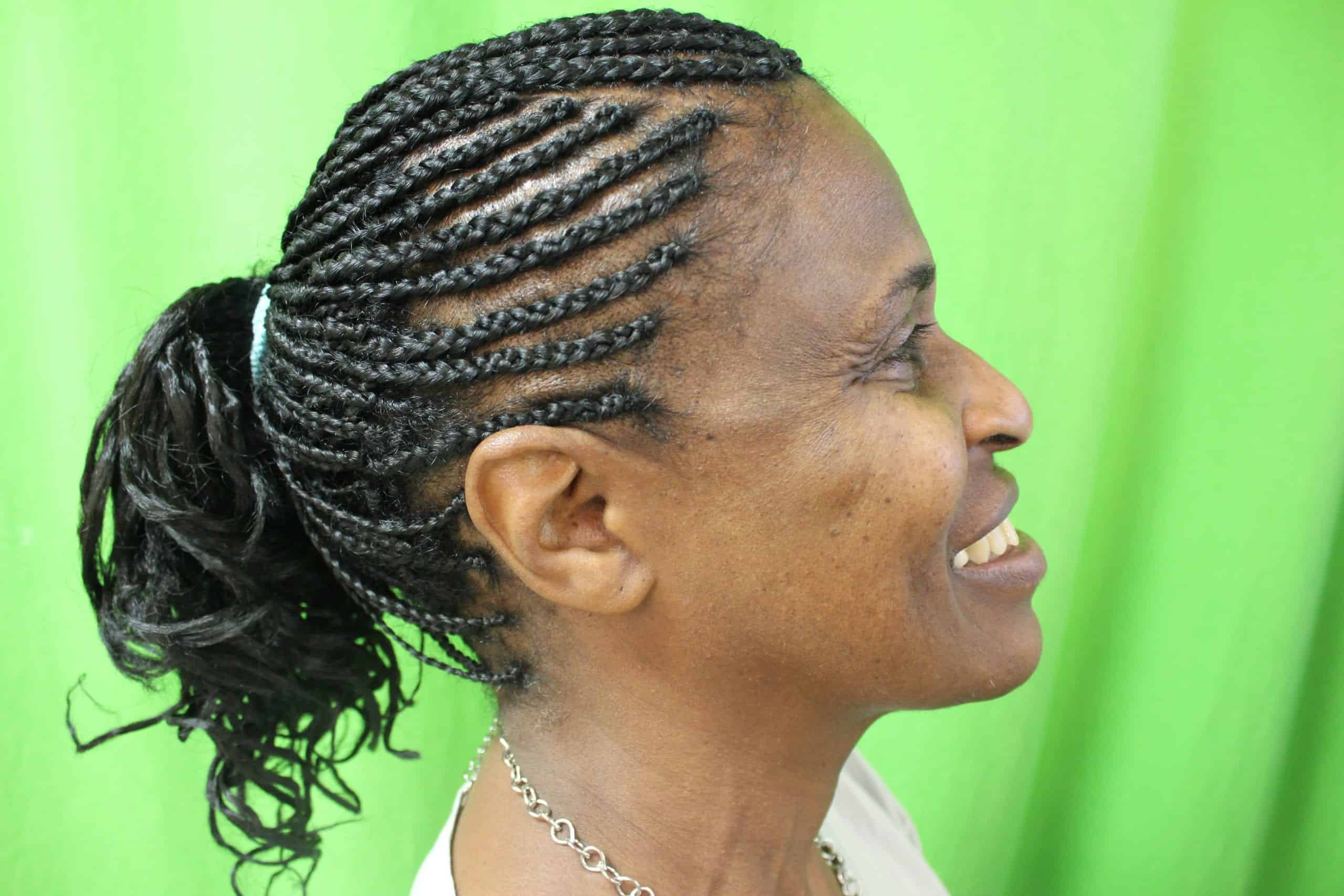
DPN Skin Prevention
DPN Mole Removal: It’s vital that the affected individual stays indoors and avoids the sun as much as possible, as exposure to the sun may cause the lesions to become more prominent. If one has to go out, it is advisable to protect the affected areas of the skin by using appropriate lotions, so the lesions are not exposed to the sun.
Video: Dermatosis Papulosa Nigra – DPN Removal – DPN Removal by Dr. U for Los Angeles Patient
DPN Removal Near Me: Consult with Dr. Umar
If you are interested in DPN treatment services, sign up for a free consultation at Dr. U Skin Clinic. You will be able to have your questions answered and learn which cosmetic procedure would be best for achieving your goals. You may fill out our consultation form at the top of the page. Fill out our consultation form or call us at (310) 318-1500 to schedule an appointment.
DPN Removal Near Me: DPN Treatment in Los Angeles FAQs
Do the procedures for DPN treatment hurt?
Topical anesthesia can maximize the patient’s comfort level during their removal proceedings. This includes:
- EMLA is a combination of topical lidocaine and prilocaine cream
- LMX which is a topical lidocaine cream
- BLT Betacaine, Lidocaine and Tetracaine
In addition to the aforementioned topical anesthetics, Dr. Umar favors adding a drop of injectable lidocaine into the base of each DPN lesion before removal. This is because often, it is necessary to use electrocautery either for disposal or for stoppage of bleeds. The use of topical anesthetics alone may not assuage the pain accompanying electrocautery.
Are there natural DPN skin prevention treatments or other ways to treat DPN?
There are some natural options. Some of these treatments have been used in an attempt to get rid of the lesions due to DPN, including:
- Garlic: Squeeze a garlic clove and apply over the affected area. Cover with a bandage.
- Vitamin Tablets: Crush vitamin C tablets and apply powder to affected areas. Place a bandage over the area.
- Castor Oil: Take castor oil and gently massage over affected areas a couple of times a day.
- Banana: Use the inside of a banana peel and place it over the affected area where the peel covers the lesions. Cover the area with a bandage and keep the bandage on for two to three hours.
While these are enticing options, their effectiveness has not been studied. The only treatments that are 100% effective for DPN are those medical level “DPN Removal Options” listed in this article.
How do I know if I have DPN?
A dermatologist can easily recognize the appearance and distribution of DPN during a clinical examination. A dermatologist may perform a biopsy to confirm the diagnosis in rare instances.
What are some of the risks with DPN treatment?
Some potential complications of surgery include postoperative scarring, skin discoloration, or the formation of keloids. Conservative treatment should be tried first.
DPN is a condition afflicting many. The good news: if you struggle with Dermatosis Papulosa Nigra, you’ve got plenty of options. Click the button below to ask Dr. U any questions you may have regarding your condition:
Further Reading:
Learn about the different ways to remove a mole.
Learn what to look for when choosing a dermatologist.
